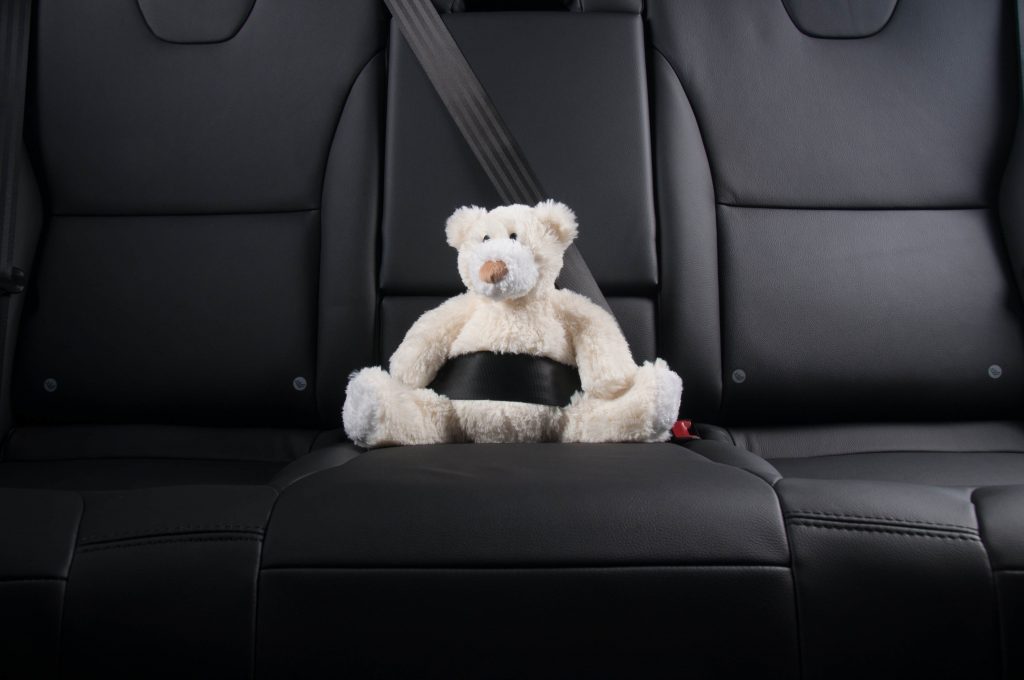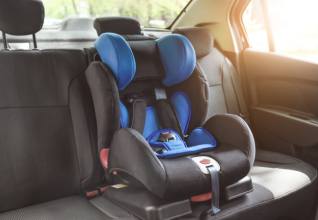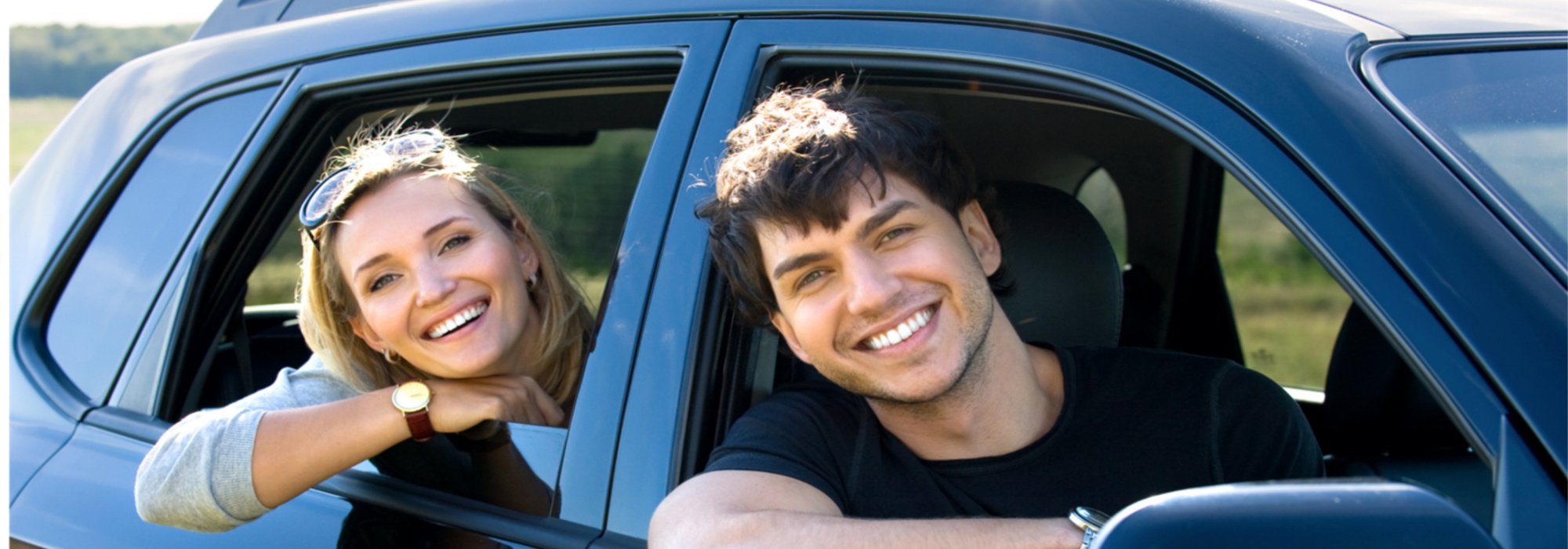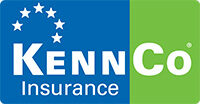Wearing a seatbelt is one of the simplest yet most effective ways to protect yourself while travelling in a vehicle. Many injuries and deaths that occur on Irish roads may be prevented if drivers and passengers were correctly wearing a seatbelt, or secured in a child car seat.
As part of our Irish Road Safety Week 2025 campaign, we want to highlight why seatbelt safety matters and look at how you can keep yourself and your passengers safe and secured every time you drive.
Importance of Seatbelt Safety
Seatbelts are proven life savers and your best form of protection in a road traffic collision. When worn correctly, they significantly reduce the risk of death and serious injury in the event of a collision. saving lives and preventing serious injuries.
Why Seatbelt Safety Matters:
- Seatbelts Save Lives: Seatbelts reduce the risk of death by up to 50% for front seat passengers, and reduce the risk of death and serious injury for back seat passengers by 25%.
- Reduces Injury Severity: Properly worn seatbelts help to prevent death and reduce the severity of injuries by decreasing the time it takes to come to a stop in a collision, minimise the force exerted on your body by spreading out the crash impact and they work to stop occupants from being ejected from the vehicle.
- Protects All Occupants: Seat should be worn by everyone. This means both front and rear occupants. Having everyone in the vehicle buckled up increases overall safety in the event of a collision.
Seatbelt Usage In Ireland
While most people in Ireland wear their seatbelts, the latest research from the Road Safety Authority, published in March 2025, shows non-wearing of seatbelts is still a dangerous driver behaviour.
According to the RSA’s most recent data, 17% of car users killed on Irish roads between 2020 and 2024 were not wearing a seatbelt at the time of the collision. While 6% of car drivers seriously injured between 2020-2024 were not wearing a seatbelt.
The 2024 observational survey shows an overall improvement in wearing rates compared to the 2023 study, with 97% of drivers and 96% of both front and rear-seat passengers observed wearing them.
Some of the other key findings include:
- 17% of car users killed on Irish roads between 2020 and 2024 were not wearing a seatbelt.
- 6% of car users seriously injured between 2020 and 2024 were not wearing a seatbelt.
- Rates of seat belt wearing amongst rear passengers increased on urban and rural roads;
- and declined slightly on motorways during 2024
- Seatbelt wearing rates amongst rear seat passengers in 2024 represent a historic high at 96%
- Seat belt wearing rates by gender improved across all categories in 2024 compared to 2023
- 96% of primary and secondary school students were wearing a seat belt. This is a 1% decline when compared to 2023.
- The 2024 study observed consistent rates of seat belt usage across all times of the day

While the high compliance rates observed in the 2024 study are positive, it is the small percentage of people who do not wear a seatbelt that are disproportionately represented in fatality statistics, proving that this simple, life-saving action should not be taken for granted.
And just as important as wearing a seatbelt is wearing a seatbelt correctly. In the event of a crash, not wearing your seatbelt correctly can reduce its effectiveness and increase the risk of causing serious injury to you or your passenger.
How to Use Seatbelts Correctly:
- Shoulder Strap Positioning: The shoulder strap should lie across your chest and over your shoulder, not under your arm or behind your back.
- Lap Belt Placement: The lap belt should fit snugly across your hips, not your stomach.
- Avoid Twisting: Ensure the belt is flat and not twisted, which can cause discomfort and reduce protection.
- Adjust for Comfort: Make sure the belt fits comfortably without being too tight or too loose.
Properly worn seatbelts provide the best protection, so take a moment to adjust yours every time you drive.
Types of Seatbelts
A seat or safety belt is a series of straps and a securing buckle that is fitted to a vehicle. These straps must be capable of being adjusted. Seatbelts are designed to protect passengers during road traffic accidents and minimise the risk of injury by restraining your movements.
Different vehicles come equipped with various types of seatbelts, each designed to provide different types of protection.
Common Types:
Three-Point Seatbelts: Standard in most cars, these belts go over the shoulder and lap, offering comprehensive protection.
Lap Seatbelts: Found in some buses and older vehicles, these belts secure only the lap. However, the RSA strongly advises the use of three-point belts over lap belts as they are safer and offer more protection.
Child Car Seats and Booster Seats: Designed to fit children properly, ensuring they are safely restrained according to their size and weight.
Legal Requirements for Seatbelt Use in Ireland
In Ireland, seatbelt use is mandatory for all vehicle occupants. If a seatbelt is fitted to your vehicle, it must be worn at all times when driving. Failing to comply with these laws can result in significant penalties.
There are a small number of exceptions to this, such as if the person is disabled and wearing a disabled person’s belt. Or if they have a certificate from a registered medical practitioner exempting them from wearing a seatbelt.
Other exemptions include driving instructors and testers during a lesson or test, and members of An Garda Síochána and the Defence Forces during their duties.
What Vehicles Require a Seatbelt?
Under Irish law, the following vehicles are required to have seat belts fitted:
- Passenger vehicles that fit fewer than 8 people (excluding the driver)
- Passenger vehicles that fit more than 8 passengers and have a gross weight of less than 3,500 kg
- Goods vehicles that have a gross vehicle weight of less than 3,500 kg
Additionally, any bus carrying children must be fitted with a suitable seat belt or child restraint system – although this does not apply to public buses.
Penalties For Not Wearing A Seatbelt
All drivers and passengers must wear seatbelts, regardless of the journey’s length (excluding the exemptions mentioned above). It is the drivers responsibility to make sure that all passengers comply with these rules.
If you are caught driving without a seatbelt, you face a fine of €120. If you choose not to pay the fine it will increase to €180. Choosing not to pay either will result in you being brought to court where, if convicted, you will befined €2,500 and have 5 penalty points added to your licence.
So, adhering to seatbelt laws not only keeps you safe but also helps you avoid costly fines and legal troubles.
Seatbelt Safety for Children
As they are among the most vulnerable of road users, children require special considerations when it comes to seatbelt safety to ensure they are adequately protected.

All children under 150 cm in height or 36 kg in weight must use a suitable child restraint system (CRS). According to the RSA, in a crash at just 50km/h, a child not wearing a seatbelt or using a child car seat would be thrown forward with a force 30 to 60 times their body weight. Potentially leading to serious injury or even death for the child and others inside the vehicle. Some considerations for child passengers include:
- Child Car Seats: Use appropriate car seats for infants and toddlers, making sure that they are correctly installed and secured. If you are unsure, the RSA offers a free, nationwide service to check whether your car seat is fitted correctly.
- Booster Seats: Older children should use booster seats until the vehicle’s seatbelt fits them properly, typically when they reach 135 cm in height.
- Properly Secured: Ensure children are strapped in according to their size and weight, following manufacturer guidelines.
- Rear Seated: It’s safest for children to ride in the back seat, away from airbags. However, if travelling with a child in the front seat of a car it is illegal to use a rearward facing child car seat in a passenger seat with an active airbag.
Seatbelt Maintenance
The RSA suggests that motorists regularly check the condition of all seatbelts in a vehicle to check for damage and make sure they function correctly when needed. If you notice any damage, have the seatbelt repaired or replaced immediately.
Maintenance Tips:
- Inspect for Wear and Tear: Look for frayed straps, damaged buckles, or any signs of deterioration.
- Ensure Retraction: Seatbelts should retract smoothly without any obstructions or delays.
- Check Locking Mechanism: Check that the seatbelt locks securely when pulled quickly, as it should during a collision.
NCT and Seatbelt Checks
During the National Car Test (NCT), seatbelts are thoroughly inspected to ensure they meet safety standards.
What to Expect:
- Functionality Check: All seatbelts must retract smoothly and lock properly.
- Condition Assessment: Testers will look for any signs of damage or excessive wear.
- Proper Use Verification: Ensuring that seatbelts are used correctly by all occupants.
Seatbelt Myths Debunked
There are several misconceptions about seatbelt use that can lead to dangerous behaviours on the road.
Common Myths:
- Short Trips Don’t Require Seatbelts: Accidents can happen anywhere, anytime. Always buckle up, no matter how short the journey.
- Low Speeds Are Safe Without a Seatbelt: Even at lower speeds, the risk of injury is significant. Seatbelts provide essential protection.
- Seatbelts Are Only for Adults: Children need appropriate restraints to ensure their safety, just like adults
Save On Young Driver Car Insurance?
At KennCo, we understand that it can be hard for young drivers to get their first car on the road. That’s why we offer affordable and reliable young driver car insurance.
Get a Secure Quote Today
